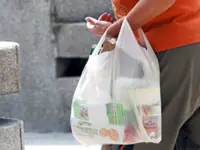Photo: 123rf
THE discovery of toxic chemical residues in everyday products is unfortunately not a new occurrence. Despite government efforts to regulate and prohibit the use of toxic material, why are harmful chemicals still being detected even inside bottles used to feed infants, the most vulnerable level of society?
In an opinion published in The Washington Post newspaper a few years ago, Harvard professor Joseph Allen writes about the “chemical whack-a-mole” phenomenon: If scientists report on the harmful effects of a chemical used in a product, manufacturers simply replace it with another chemical that could be equally or more harmful than the one reported on.
Already a subscriber? Log in
Save 30% OFF The Star Digital Access
Cancel anytime. Ad-free. Unlimited access with perks.





